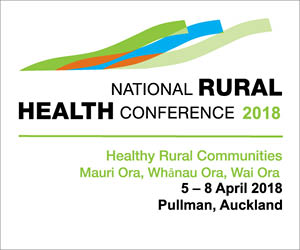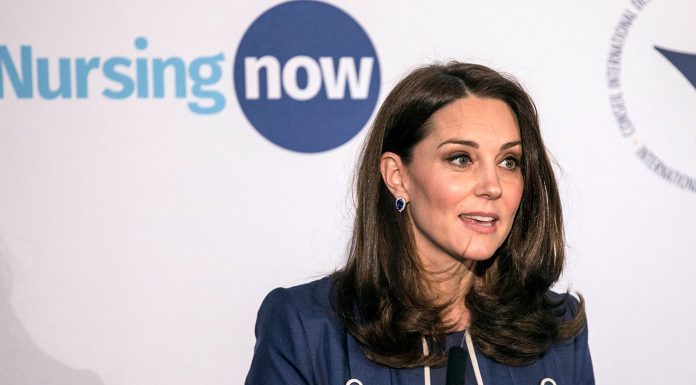Regulations introducing a second level of registered nurse prescribing in primary health and specialty teams came into force on September 20 with the main pathway being the new postgraduate diploma in RN prescribing, But nurses who had already completed an equivalent qualification could also apply to the Nursing Council for authorisation.
Pam Doole, strategic policy manager for the Nursing Council, said in May that most of the about 15 RN prescribers had authorised to date under the new regulations had completed masters degrees. Four nursing schools enrolled students in the diploma prescribing practicum at the start of the year though, so the first diploma graduates should be seeking authorisation in around July.
Doole said there had been some fears expressed that the introduction of the registered nurse (RN) prescribing role might impact negatively on the nurse practitioner role. But she said a number of the RNs that had been authorised to prescribe since September last year had indicated that they saw it as a stepping-stone to becoming an NP. (A third and more limited level of nurse prescribing – to be known as registered nurse prescribing in community health and aimed at nurses currently using standing orders – is also being trialed at present by nearly 70 primary health and family planning nurses.)
The seven nursing schools offering NP programmes, that are now offering or intending to offer a prescribing diploma, told Nursing Review that a number of the students on the prescribing diploma pathway still planned to pursue their clinical masters after becoming RN prescribers. A number of schools believed that a combination of the type of practice settings and their employers’ willingness to create NP positions were likely to influence on how many of the first cohorts of RN prescribers chose to see
Victoria University’s head of nursing Dr Kathy Holloway said it enrolled about nine students in the diploma’s final paper – the prescribing practicum – in semester one. She said an issue for some workplace settings and employers was meeting the Nursing Council’s clinical supervision and mentoring requirements for the RN prescribing practicum and the school supported them, like it had in the past for nurse practitioner practicums, to develop the necessary policies.
Jennifer Robertson, head of EIT’s school of nursing said it had five nurses undertaking the prescribing practicum in semester one – four currently working as nurse specialists at district health boards and one in a GP practice. She said it also a number of nurses on its database either already started or keen to start the prescribing diploma pathway with the strongest support to date from district health boards and less so from primary care.
Also starting in semester one was the University of Auckland, which enrolled ten students in the prescribing practicum and likewise said the majority were from district health boards but some were in general practice. It had about 40 nurses who indicated they would be starting the diploma in 2017 or 2018.
The fourth nursing school to get underway with the diploma at the start of the year was Wintec with one nurse on a prescribing practicum and it expected a further four, predominantly in primary care, to follow in semester two.
Massey University’s director of postgraduate nursing programmes Dr Jill Wilkinson said its prescribing diploma was getting underway in semester two and it had about ten students in line for the prescribing practicum with most working in the primary health sector but also in public health
Dr Philippa Seaton, director of the University of Otago’s Centre for Postgraduate Nursing Studies said it had students enrolled on the pathway to RN prescribing and was also planning to start its diploma this year. She said interest to date was from across the South island in diverse settings including general practice, aged care and outreach roles.
Associate Professor Stephen Neville of AUT University said it was planning to get its diploma underway in 2018 and had significant interest expressed in the programme.
Since 2011 the Nursing Council has been authorising ‘second level’ prescribing by diabetes nurses but applications under the diabetes health regulations will close in November this year and future applications will come under the new RN prescribing in primary health and specialty teams regulations.
The first and most longstanding form of nurse prescribing, independent prescribing by a nurse practitioner, has been carried out by nurse practitioners since 2003.
The requirements for registered nurses who wish to prescribe in primary health and speciality teams are:
- A minimum of three years full-time practice in the area they intend to prescribe in with at least one year of the total practice in New Zealand or a similar healthcare context;
- The completion of a Council-approved postgraduate diploma in registered nurse prescribing for long term and common conditions or equivalent as assessed by the Nursing Council
- A practicum with an authorised prescriber, which demonstrates knowledge to safely prescribe specified prescription medicines and knowledge of the regulatory framework for prescribing;
- Satisfactory assessment of the competencies for nurse prescribers completed by an authorised prescriber.






















